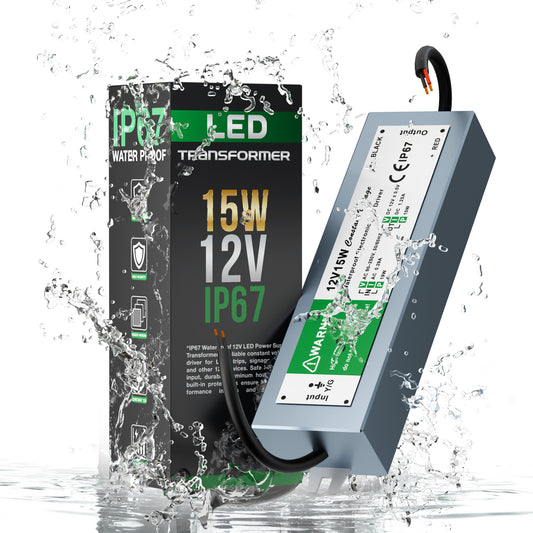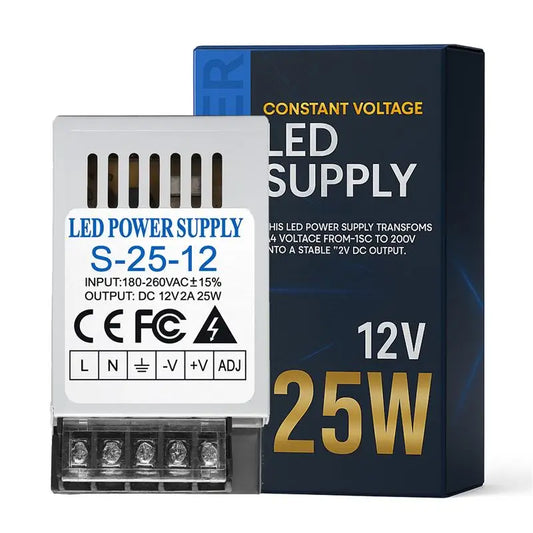IP67 Waterproof DC 12V 60W LED Driver LED Power Supply Transformer ~3355
Regular price
£13.84 GBP
Sale price
- Available: instock
- Vendor: LEDSone
- Type: Waterproof Transformers














